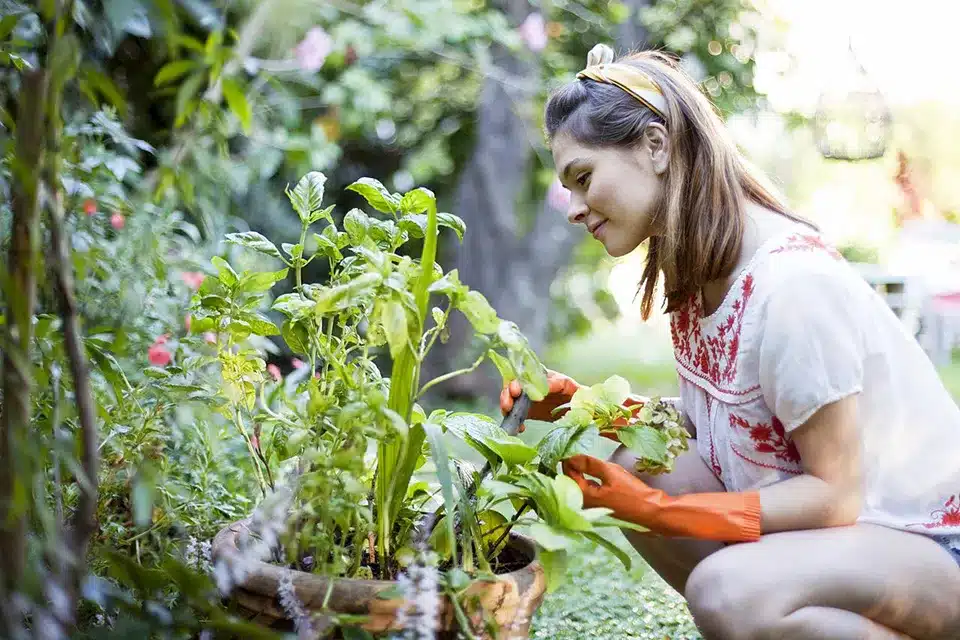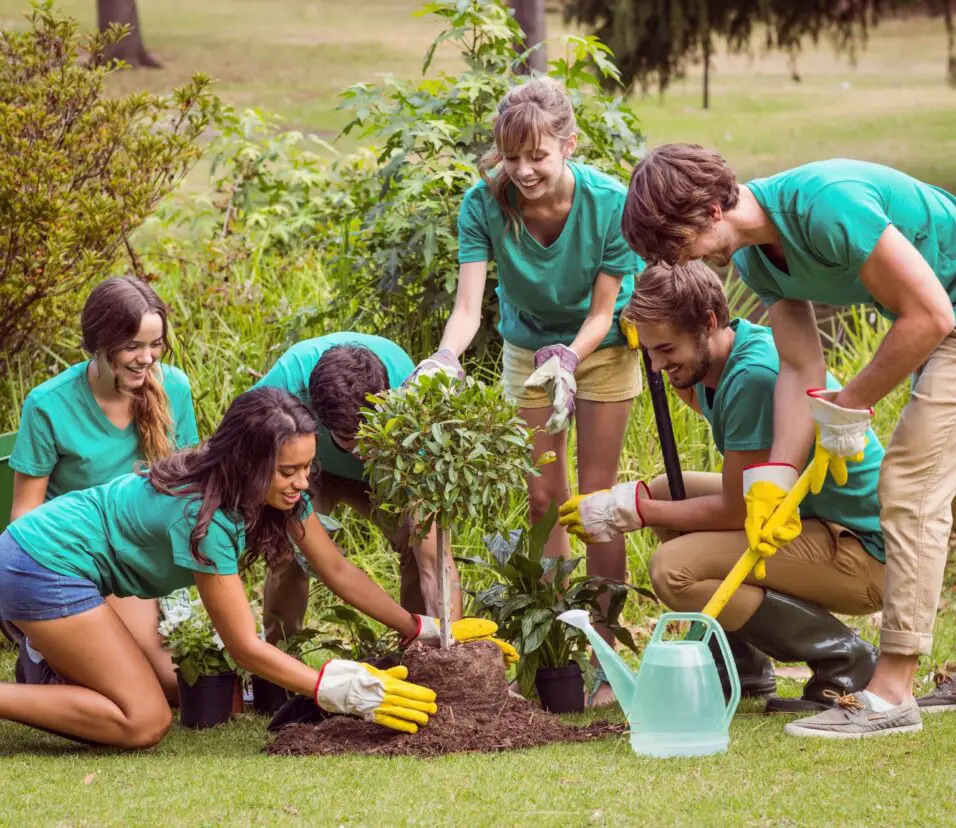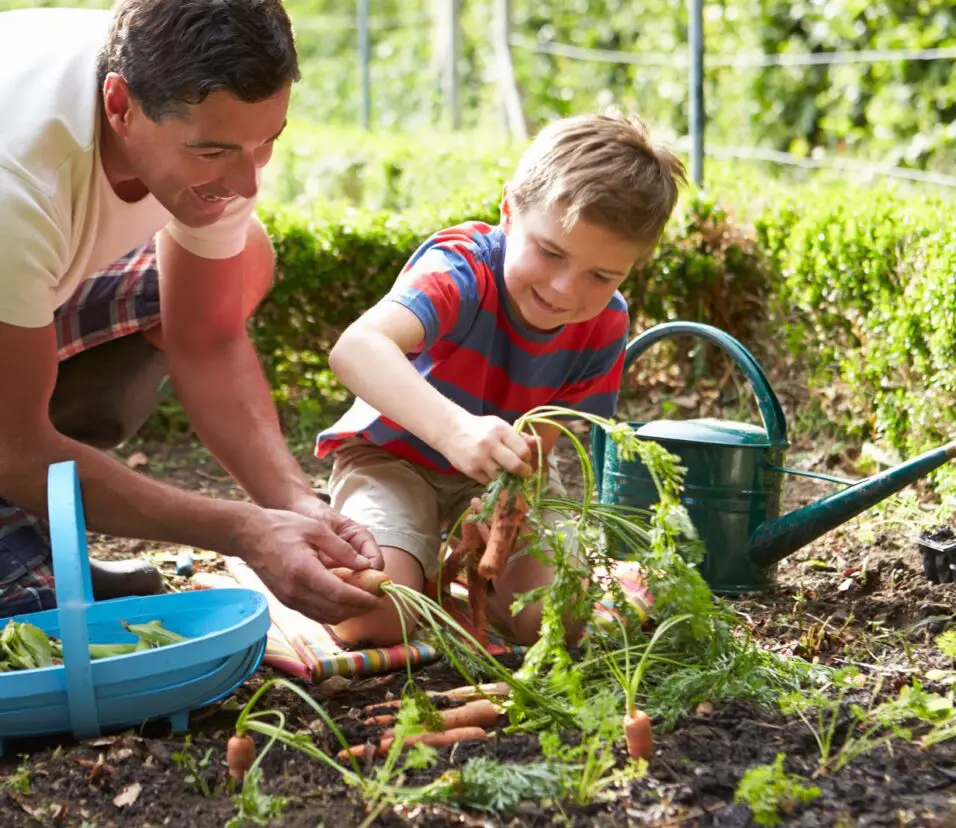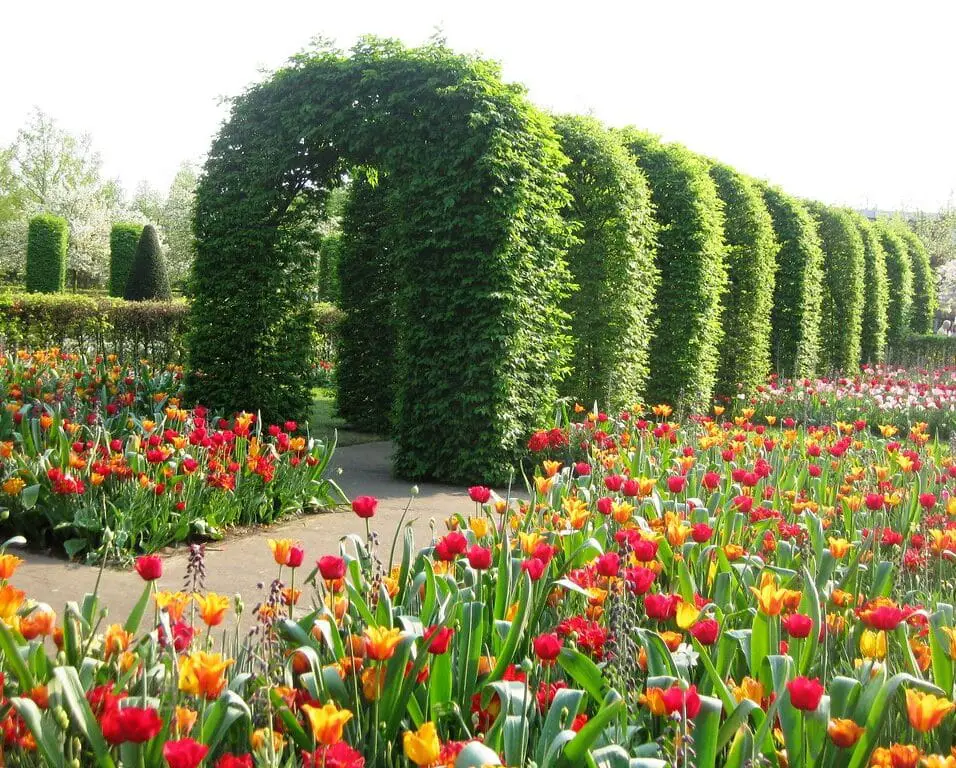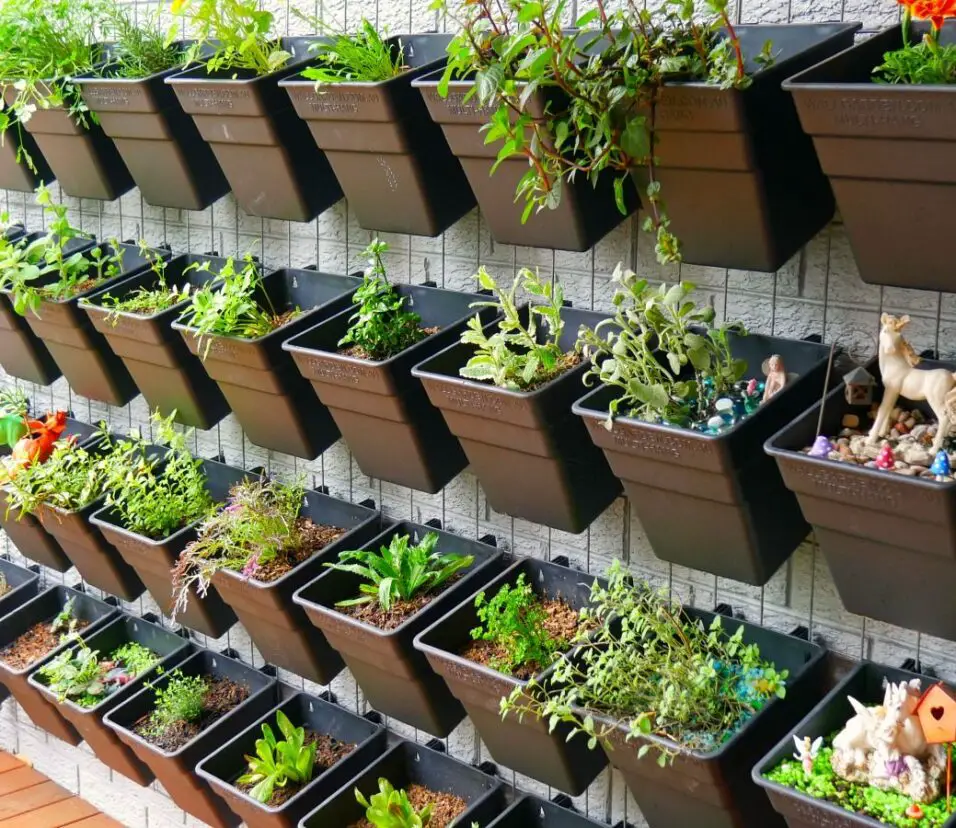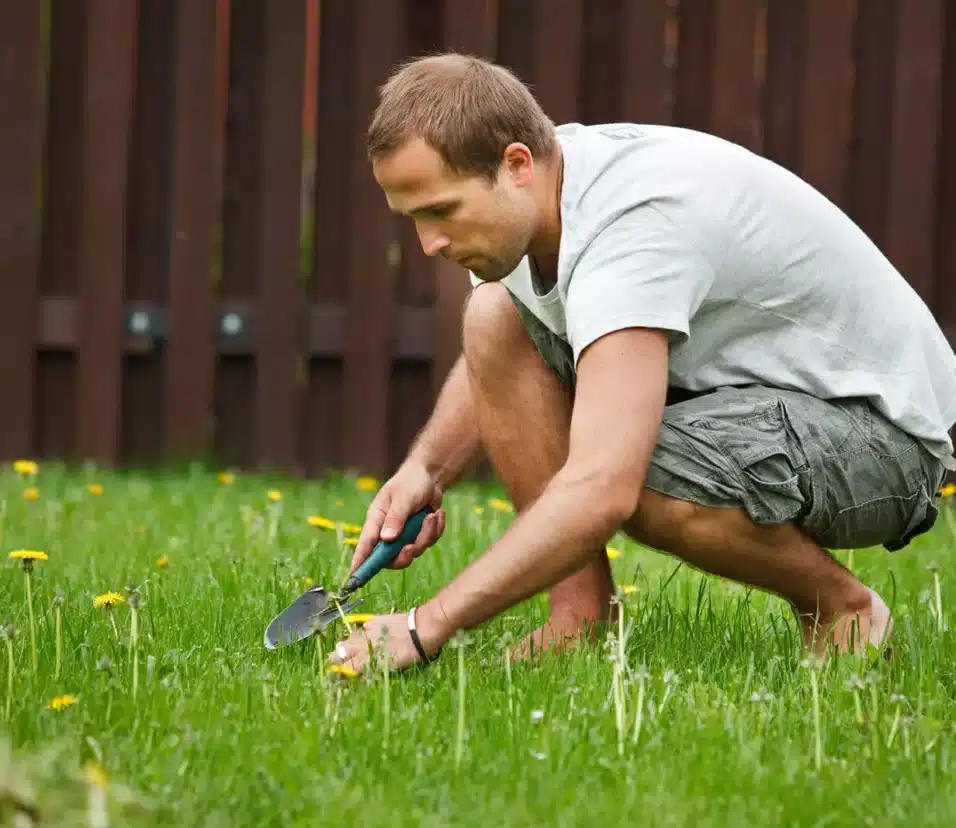What Does Harden Off Mean In Gardening
Introduction
What Does Harden Off Mean In Gardening: Gardening is a rewarding and fulfilling hobby that allows individuals to connect with nature and create beautiful outdoor spaces. However, it requires careful planning and attention to detail to ensure the success of your plants. One important concept that every wall gardening should be familiar with is hardening off.
Hardening off refers to the process of gradually acclimating plants to outdoor conditions after they have been grown indoors or in a greenhouse. This is necessary because plants that have been sheltered from the elements need time to adjust to the harsher conditions they will face in the garden.
During the hardening off process, plants are gradually exposed to outdoor conditions such as sunlight, wind, and fluctuating temperatures. This gradual exposure helps to strengthen the plants and prepare them for transplanting into the garden. Without proper hardening off, plants may experience shock or stress when suddenly exposed to the outdoor environment, which can lead to stunted growth or even death.

How do you harden off a plant?
Put it somewhere in the shade for two to three hours. Over the course of two weeks, slowly give the plant more sunlight. For the past two days, plants have been able to be outside all the time. Water plants less often to keep them from dying.
A plant that has been grown inside or in a nursery slowly gets used to being outside when it is hardened off. This is very important for the plant to do well in its new home. Plants can handle changes in temperature, light, wind speed, and humidity better when they are hardened off.
To keep from getting donor shock, get stiff. Moving a plant quickly from a protected area to the open air can stress it out and kill it. Slowly letting the plant out into the world outside makes its roots stronger and its leaves thicker, which makes it more resistant to weather.
It’s important to harden off at the right time. This works well when it’s not cold outside and the weather is nice. If you want to stay out of the sun and the wind, pick a porch or other covered area.
Leave the plant outside for a few hours every day at first, and then add more time each day over the course of a week or two. This gives the plant time to get used to the higher warmth and more light. At this point, keep an eye out for signs of stress, such as leaves falling off or turning yellow.
The plant should lose water as it gets bigger. The plant’s roots get bigger as it looks for water.
Do not dry the plant out, as this can make it stressed.
Plants slowly get used to the weather outside after being grown inside or in a nursery. This is called “hardening off.” This will help the plants handle the cooler weather outside and keep them from getting sick after being moved. A lot of things can change how long it takes for a plant to harden off.
First, the cooling off time depends on the type of plant. Some annual vegetables and flowers may only need one or two weeks to get used to the cold before they can be planted outside. Tropical plants and sensitive perennials, on the other hand, may need weeks of careful outdoor exposure.
Second, weather can change how stiffening works. If the weather is warm and stable, plants may get stronger faster. The plants may need more time to harden off before they are ready for big changes in temperature or bad weather.
Third, look at the specific needs of the plants. To adjust to changes in light, temperature, and humidity, some plants need more time to “harden off.” As the plants get stronger, make any necessary changes.
How the hardening off is done also changes the length. A common method is to slowly let the plants spend more time outside, from a few hours to whole days. Using a cold frame or protecting the plants may change the time it takes for them to harden off.
What are the four steps of hardening off?
Start your seeds outside on Day 1. Place them in dappled or partial sun for two to three hours. Setting your seedlings outside in part- to full-sun for three hours on Day 2. Day 3: Put your plants outside for four hours in full sun. Day 4: Put your plants outside where they will get full sun for five to six hours.
Hardening off helps plants that were grown indoors or in a nursery get used to the weather outside. This is an important part of gardening because it helps plants get used to the warmth, light, and wind in their new home.
The four steps for hardening off plants are very important to their growth.
First, put plants outside for short amounts of time to help them get used to the weather. Put them outside for a few hours every day and slowly increase the amount of time they spend outside over the course of a week or two. With this slow exposure, the plants get used to the temperature and light conditions inside and outside.
Next, slowly put plants in full sunlight. Start them in a shady spot and move them into full sunlight over time. This step is needed to keep plants from getting sunburned or hurting themselves in other ways when they are suddenly put in direct sunlight after being grown indoors.
Plants get stronger when they are exposed to wind over time. Start them in a place that is hidden and slowly open it up. During this phase, the stems and leaves of the plants get stronger, which makes them more resistant to wind once they are planted in the yard.
Lastly, slowly stop watering the plants as they dry off. This gets them ready for being dry outside. When you water plants less, their roots get stronger, which helps them survive drought.
How do you harden off cuttings?
Gradually acclimatising tender or indoor-raised plants to outdoor conditions, to toughen them up and prevent a check in growth. Place plants outside in a sheltered spot during the day then bring indoors at night for a couple of weeks. Or place in a coldframe, opening the lid during the day.
Hardening off cuttings helps young plants adjust from indoor to outdoor environments. These gradual outside exposures help cuttings grow stronger stems and roots that can endure the environment. Depending on the plant and circumstances, there are numerous ways to harden cuttings.
Starting with cuttings in a covered porch or shade cloth is a frequent option. This shields the plants from direct sunlight and wind, letting them adjust to the outdoors. You can gradually extend the cuttings’ outside time from a few hours to a full day over a week or two.
Another way is to progressively reduce cuttings’ water and fertilizer. This toughens them up for drier outside situations. Reduce watering frequency and let the soil dry between waterings. Reduce fertilizer use because too much can stress plants.
The cuttings may exhibit signs of stress or damage during hardening, so check them regularly. Check leaves for withering, yellowing, pests, and disease. Before hardening off, fix any faults.
When should I start hardening my plants?
Harden transplants 1-2 weeks before planting. On warm days, transplants can be left outside in a shady, protected position and brought in at night to harden. Increase transplant sunshine daily.
Plant hardening requires timing. After being grown indoors or in a greenhouse, plants are hardened outdoors. This is crucial because protected plants require time to adjust to harsher circumstances outside. Hardening protects the plant from shock and stress, which can stunt or kill it.
The best time to harden your plants depends on their type, climate, and final forecast frost. Hardening should begin 1-2 weeks before transplanting plants into the garden. This gives plants time to adapt to outdoor settings and grow stronger stems and roots. Note that plants harden at different rates. Some plants, like lettuce and broccoli, can endure lower conditions and be started sooner.
Check the weather forecast for frost and harsh temperatures before hardening your plants
Plants should be gradually exposed to outside conditions during hardening. Start by placing them in a porch or shady area for a few hours each day. Then, gradually increase their outdoor time and sunlight. This steady exposure helps plants acclimate to light intensity and temperature changes.
In gardening, “”harden off”” means progressively acclimating indoor or greenhouse species to outside environments. The plants are prepared for harsher garden elements like temperature swings, wind, and intense sunlight. Hardening off prevents shock in plants when unexpectedly exposed to outside environments without preparation.
How is the process of hardening off plants carried out in gardening?
The process of hardening off plants involves gradually introducing them to the outdoor conditions over a period of 7 to 10 days. It is typically started when the weather is consistently mild, usually in the spring. The plants are initially placed outdoors in a sheltered location, such as a porch or under a shade tree, for a few hours each day.
Over the course of the hardening off period, the plants are gradually exposed to longer periods of time outdoors and to more direct sunlight. They are also gradually exposed to cooler temperatures and gentle breezes. It is important to monitor the weather conditions during this process and protect the plants from any extreme conditions, such as frost or strong winds.
Why is it important to harden off plants before transplanting them into the garden?
Hardening off plants before transplanting them into the garden is important because it helps to prevent transplant shock. When plants are grown indoors or in a controlled environment, they are sheltered from the harsh outdoor conditions. Transplanting them directly into the garden without any preparation can cause stress to the plants, leading to stunted growth or even death.
By hardening off plants, they are given the opportunity to gradually adjust to the outdoor conditions. This allows them to develop stronger stems, thicker leaves, and a more robust root system, which in turn increases their chances of survival and success in the garden. Hardened off plants” “
How is the process of hardening off plants carried out in gardening?
The process of hardening off plants in gardening is crucial to ensure their successful transition from indoor or greenhouse environments to the outdoor garden. Hardening off is the gradual acclimation of plants to the outdoor conditions, including temperature, sunlight, wind, and humidity. This process helps plants develop stronger stems, thicker leaves, and overall resilience to withstand the harsher outdoor environment.
To carry out the process of hardening off, it is important to start a few weeks before the planned transplanting date. Begin by placing the plants outdoors in a sheltered location for a few hours each day, gradually increasing the time over the course of a week. It is essential to protect the plants from extreme weather conditions during this initial phase.
After the initial phase, the plants can be exposed to direct sunlight for longer periods, but still avoiding the hottest part of the day. Gradually increase the exposure time and intensity of sunlight over the next week or two. Additionally, gradually expose the plants to outdoor temperatures, starting with mild days and gradually introducing cooler nights.
Why is it important to harden off plants before transplanting them into the garden?
When it comes to gardening, hardening off plants is a crucial step that should not be overlooked. Hardening off refers to the process of gradually acclimating plants to outdoor conditions before transplanting them into the garden. This is done to ensure the plants’ successful transition from the controlled environment of a greenhouse or indoor space to the harsher conditions of the garden.
One of the main reasons why it is important to harden off plants is to prevent transplant shock. Transplant shock occurs when plants are suddenly exposed to extreme temperature fluctuations, strong winds, or intense sunlight after being kept in a protected environment. This sudden change in conditions can cause stress to the plants, leading to stunted growth, wilting, or even death. By gradually exposing the plants to outdoor conditions through the hardening off process, they have a better chance of adapting and thriving in their new environment.
Another reason why hardening off is important is to strengthen the plants’ resistance to pests and diseases. When plants are grown indoors or in a greenhouse, they are shielded from many of the pests and diseases that exist in the outdoor environment. By gradually exposing the plants to outdoor conditions, they are able to develop stronger defenses against these potential threats. This is especially important for plants that are more susceptible to certain pests or diseases.
What are some common techniques used to harden off plants in gardening?
When it comes to hardening off plants in gardening, there are several common techniques that can be used to ensure a successful transition from indoor to outdoor conditions. One of the most popular methods is gradually exposing the plants to the outdoor environment over a period of time. This can be done by placing them outside for a few hours each day, gradually increasing the amount of time they spend outdoors. This allows the plants to acclimate to the changes in temperature, wind, and sunlight.
Another technique is to start by placing the plants in a sheltered location, such as a porch or under a tree, where they are protected from direct sunlight and strong winds. Over time, the plants can be moved to a more exposed area, gradually increasing their exposure to the elements. This gradual approach helps prevent shock and stress to the plants, allowing them to adjust more easily.
It is important to gradually reduce the amount of water and fertilizer given to the plants during the hardening off process. This helps prepare them for the lower moisture levels and nutrient availability in the outdoor environment. By gradually reducing these inputs, the plants are encouraged to develop stronger root systems and become more resilient to the conditions they will face in the garden.
Are there any specific plants that require a different approach to hardening off in gardening?
Yes, there are certain plants that require a different approach to hardening off in gardening. One example is tender annuals, such as tomatoes and peppers. These plants are sensitive to cold temperatures and need to be gradually exposed to outdoor conditions. To harden off tender annuals, it is recommended to start by placing them outdoors in a sheltered location for a few hours each day, gradually increasing the time and exposure to direct sunlight over the course of a week or two. This gradual acclimation helps the plants adjust to the outdoor environment without experiencing shock or damage.
Another group of plants that require special attention during the hardening off process is tropical plants. These plants are typically grown indoors or in greenhouses, and they need to be slowly introduced to outdoor conditions to prevent stress. Tropical plants should be started in a shaded area outdoors and gradually moved to a spot with more sunlight. It is important to monitor these plants closely during the hardening off period and provide protection from extreme weather conditions, such as strong winds or heavy rain.
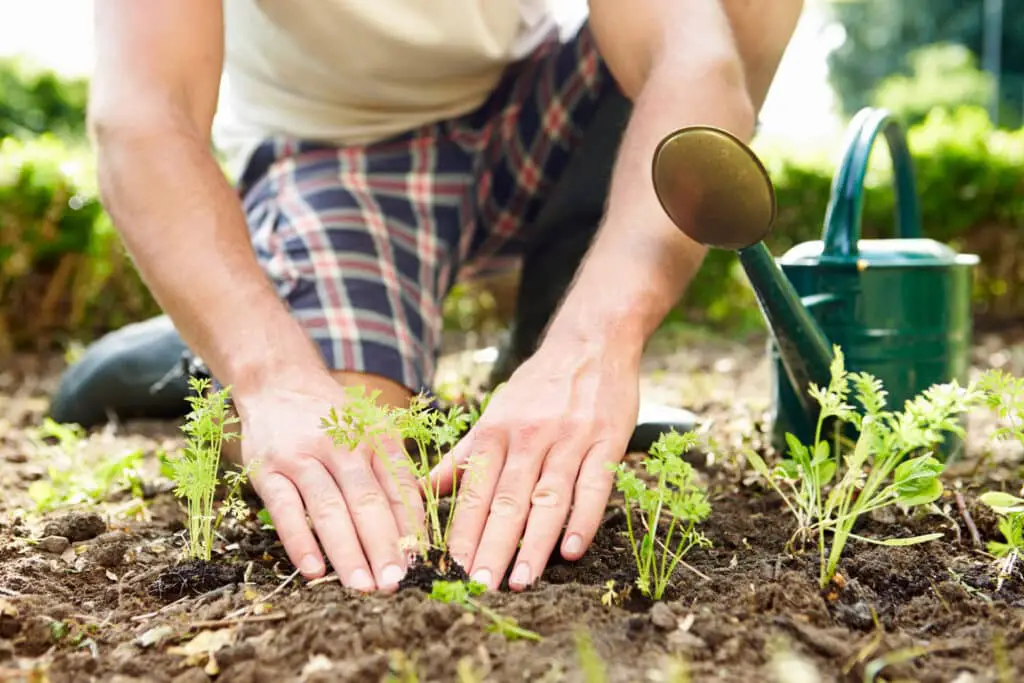
Conclusion
Hardening off is a crucial process in gardening that involves gradually acclimating plants to outdoor conditions. This process helps plants transition from the controlled environment of a greenhouse or indoor space to the harsher conditions of the outdoors. By exposing plants to increasing amounts of sunlight, wind, and temperature fluctuations, gardeners can strengthen their plants and prepare them for successful growth and survival in the garden.
During the hardening off process, it is important to start slowly and gradually increase the exposure to outdoor conditions. This can be done by placing plants outside for short periods of time initially, and then gradually increasing the duration over the course of several days or weeks. It is also important to monitor the weather conditions during this process, as extreme temperatures or harsh weather can be detrimental to the plants.
Hardening off is particularly important for tender plants that have been started indoors or in a greenhouse. These plants are not accustomed to the harsher conditions of the outdoors and need time to adjust. Without proper hardening off, these plants may experience shock or stress when suddenly exposed to the outdoor environment, which can lead to stunted growth or even death.



